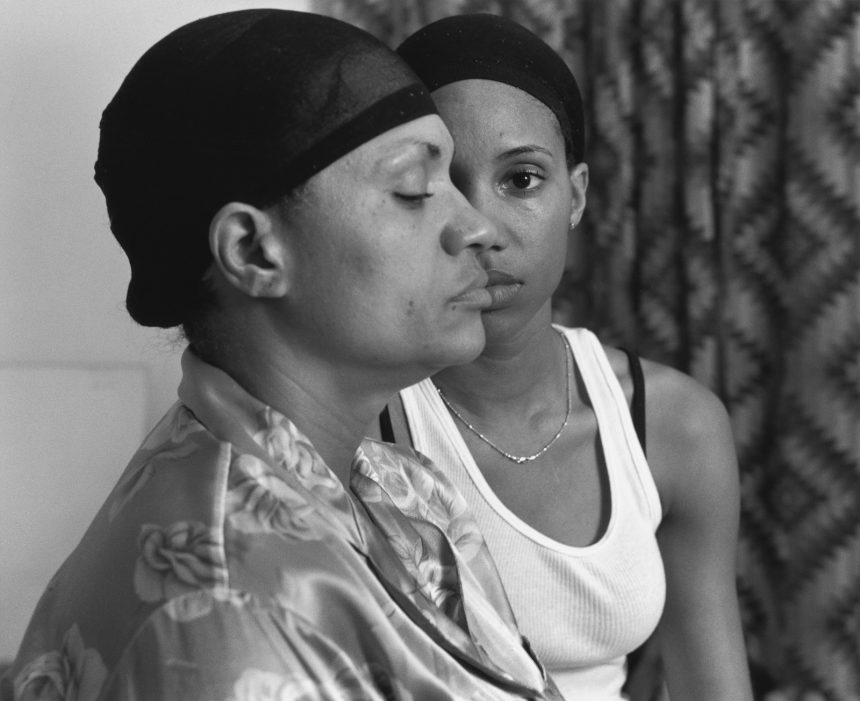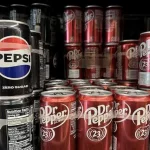In the winter of 2010, photographer LaToya Ruby Frazier made a powerful statement by taking on Levi’s jeans in a striking performance. Born and raised in Braddock, Pennsylvania, Frazier responded to the denim brand’s glossy advertising campaign that romanticized the town’s post-industrial landscape by showcasing a harsh reality.
Strapping knee pads over her leggings and donning a pair of Levi’s blue jeans, Frazier crouched outside a Levi’s popup shop in Manhattan, replicating the movements of steel industry workers. This performance, captured in the film “LaToya Ruby Frazier Takes on Levi’s,” is now on display at the Museum of Modern Art in New York as part of the exhibit “Monuments of Solidarity,” featuring Frazier’s work over two decades.
Frazier’s work delves into themes of deindustrialization, environmental injustice, and unequal healthcare access, capturing the struggles of communities facing economic decline across America. By documenting the impact of industrial decline in places like Braddock, Flint, and Lordstown, Frazier highlights the lasting effects on working-class people.
Through her photography, Frazier seeks to bridge the gap between the working and creative classes, resisting historical erasure and amnesia. By treating her subjects as collaborators and displaying their testimonies alongside their portraits, she empowers communities to see themselves as agents in a broader struggle, reclaiming their agency and historical significance.
Frazier’s work challenges stereotypes and sheds light on the impact of industry on communities, drawing connections between work environments and personal lives. Through intimate portraits of her family and the landscape of Braddock, she tells a complex narrative of resilience and struggle in the face of economic hardship and environmental degradation.
Her storytelling extends beyond individual frames, using multiple images to draw connections and offer a more complete view of the human experience within industrial landscapes. By recontextualizing the industrial plant as more than just a workplace, she reveals the lasting effects that industry has on individuals and communities, highlighting the need for social change and environmental justice.






